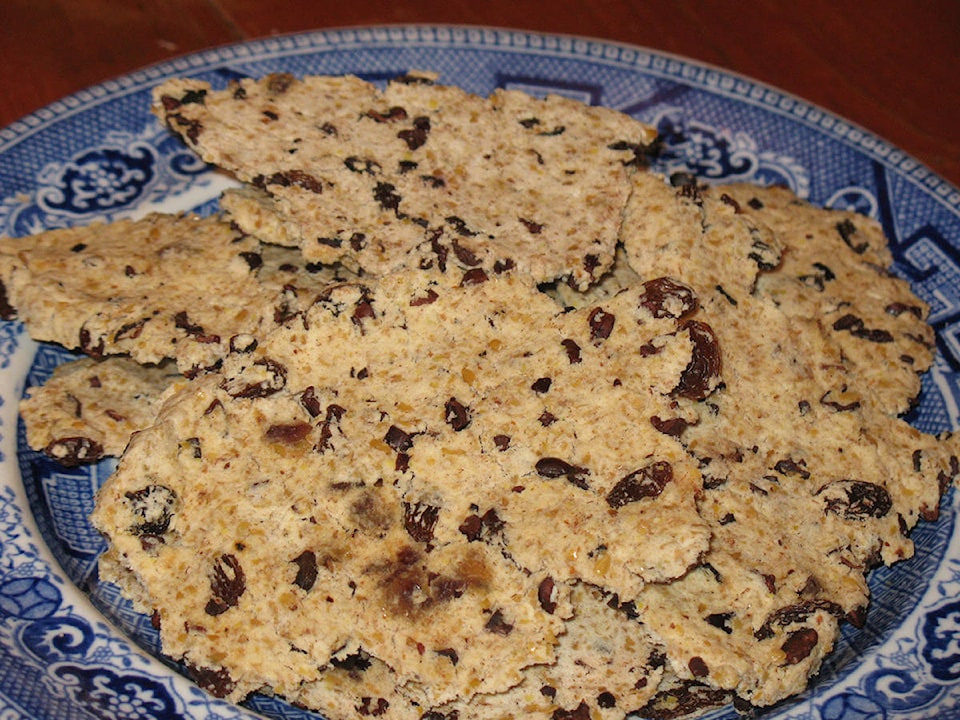My small garden doesn’t produce enough for a large storage, and it’s just as well because I can grow food during most of the year. The last of the corn, beans and carrots will be ready in a couple of weeks and the kale and brussels sprouts will keep well outside, while tomatoes and peppers are producing late in the greenhouse this year. If I remember to shut the greenhouse doors at night they should be viable till January.
If I can get a handle on predatory insects in the cold frame, we might be eating lettuce, spinach and — dare I try again — radicchio and escarole or chicory, if I’m smart and harvest them while they’re young and supposedly tender. Surely the books can’t all be wrong. There’s also witloof chicory if one wants to take the trouble to grow the root during the summer, pot them up and water them mid-winter to produce salad tops called chicons. It might be worth the effort. After all, fancy restaurants charge big bucks for a salad made from these. Of course, fancy restaurants also sell steak tartare.
My corn won’t be hitting the freezer this year because I only grew enough to eat fresh. I’ve still got seed from two years ago that should still be good next year. Even though corn takes up a lot of room all summer, we love fresh from the garden, old fashioned rich flavoured corn so it’s worth it. David says this corn is the perfect vector for butter.
My beans are still producing well so I’ll keep picking them until I’ve got enough in the freezer then I’ll let the rest go to seed for winter use and next year’s crops. Here’s an easy way to freeze vegetables: cook up whatever you’ve picked that day and put the extra you don’t eat in a container and pop it in the freezer. Keep adding to it each day with whatever leftover vegetables you have so there’s enough for a meal in the winter.
I’ve harvested one third of the flax but will leave the rest to ripen because their stems and leaves are still green. I pulled up the stalks and squeezed down each stem, dropping the seed heads into an awaiting bowl. Then I poured them into a plastic bag, crushed them open with a rolling pin and winnowed them into the bowl again using a fan aimed for outside the back door. It worked quite well but I had to pick out a few bits of chaff that didn’t blow away. Flax seeds contain omega 3 fatty acids, which we don’t get enough of in the average Canadian diet, but more importantly, they taste great. Here’s my favourite way to prepare flax seeds, from the Bliss recipe book, by Heather Cunliffe:
1 cup almond pulp from making almond milk OR ground almonds
1/3 cup ground flax seeds
1 pitted date
2 ½ T olive oil
1 T honey
2 ½ T raisins
½ tsp. cinnamon
2 ½ T chopped walnuts
¼ tsp. salt
Place everything except the raisins and walnuts in a food processor and process until smooth. Add the raisins and walnuts and pulse until they’re just incorporated. Spread thinly on dehydrator sheets and press it down evenly. Dehydrate until crispy, about 12 hours at 115 F. Alternatively this can be cooked in a slow oven at a low temperature until crisp.
Please contact mary_lowther@yahoo.ca with questions and suggestions since I need all the help I can get.
